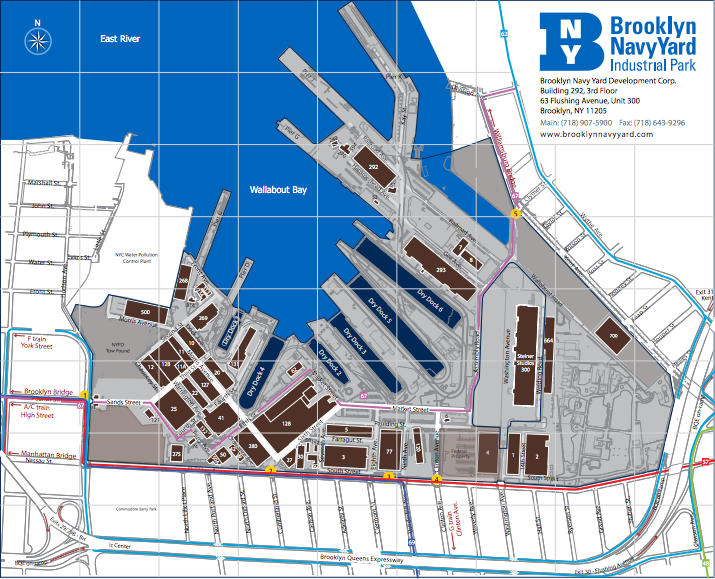
The Brooklyn Navy Yards are, perhaps, one of the most interesting pieces of real estate in the city. The 200-acre site sits just across the water from downtown Manhattan, and quietly, the framework for the future of the city’s tech industry is being built on the Navy Yards' old docks.
But, to understand the significance of the transformation of a site that was once synonymous with American might, innovation and technical prowess, we'll need to step back in time for a moment.
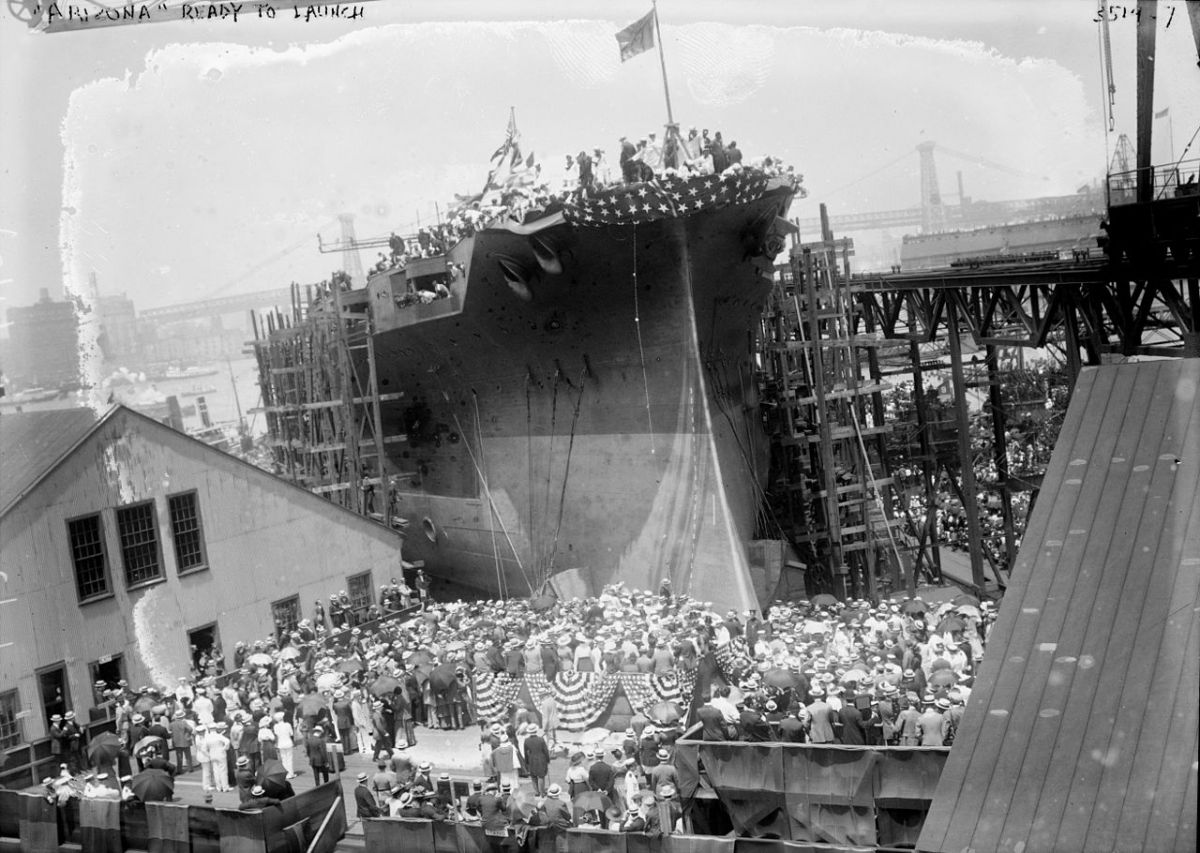 The site was purchased by the federal government in 1801 and used as a naval shipyard. Some of the nation's most storied naval vessels were built there, and by the 1940s, the site boasted an astonishing level of industrialization and employed around 70,000 people around the clock. In fact, the work being done at the BNY was so important to the war effort that the pedestrian crossings of the Williamsburg and Manhattan Bridges were covered, so that spies couldn’t get an aerial view of what was going on down on the docks.
The site was purchased by the federal government in 1801 and used as a naval shipyard. Some of the nation's most storied naval vessels were built there, and by the 1940s, the site boasted an astonishing level of industrialization and employed around 70,000 people around the clock. In fact, the work being done at the BNY was so important to the war effort that the pedestrian crossings of the Williamsburg and Manhattan Bridges were covered, so that spies couldn’t get an aerial view of what was going on down on the docks.
The end of the war saw a decline in the Brooklyn Navy Yards' fortunes. The federal government, looking to save money, closed the shipyards down in 1964, along with 10,000 civilian jobs. The original plan was to turn the site into a car manufacturing center, but no car manufacturers were interested. Eventually, the Nixon administration sold the property back to the City of New York.
The city leased much of the site to Seatrain Lines, which used the space to build civilian oil tankers and barges. That proved short-lived, however, and the last ship to come out of the Brooklyn Navy yards launched in 1977. Seatrain Lines closed their gates by 1979.
With the decline of the area's shipbuilding industry, came a period of further decay — until recently.
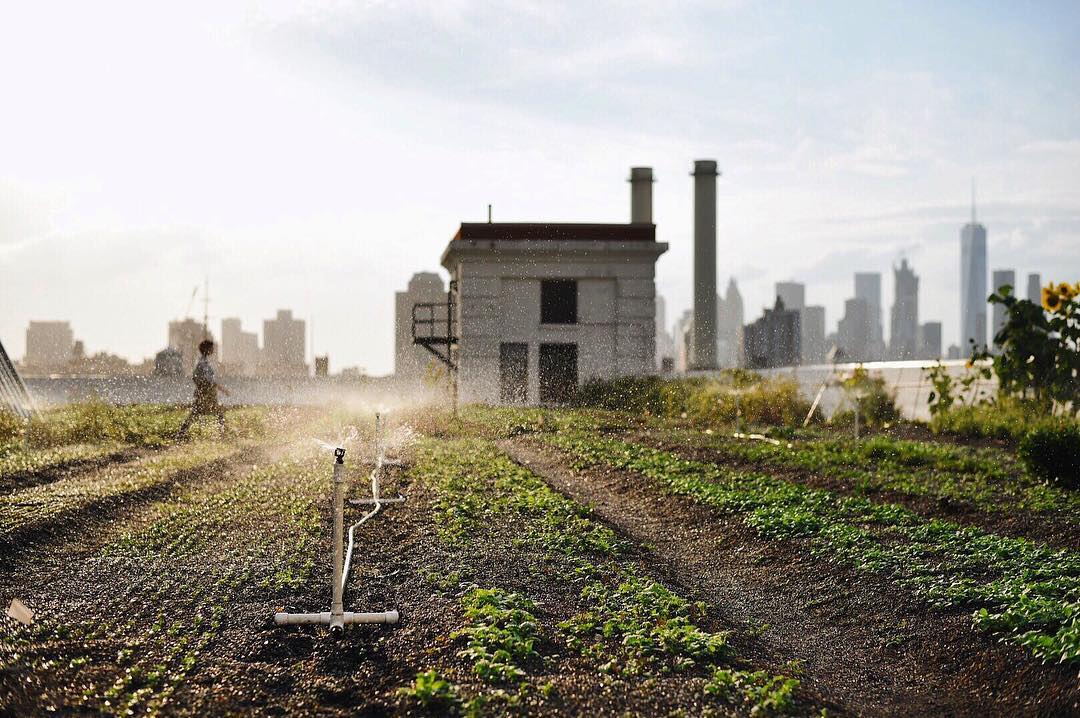
Today, a new economic reality is taking over in the Brooklyn Navy Yards. Over 200 businesses operate there, employing around 7,000 people. There is a 65,000 square-foot urban farm, operated by Brooklyn Grange, on the rooftop of Building 3. Seiner Studios operates one of the largest production studios outside of Los Angeles, and Hillary Clinton and Bernie Sanders even used the site as a location for a debate.
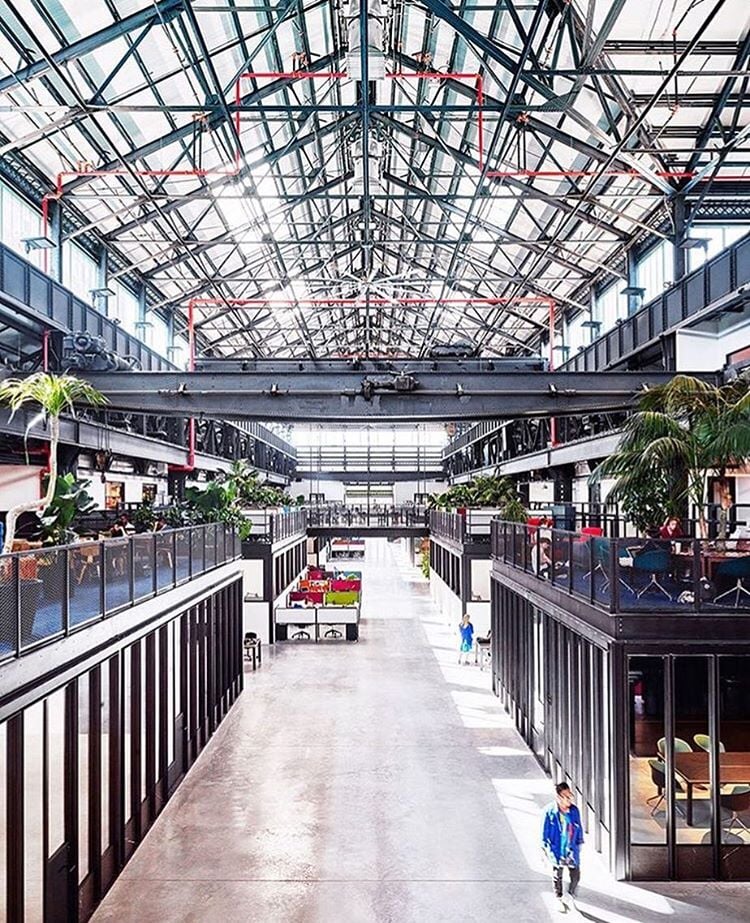 Manufacturing is returning as well. The New Lab is an 84,000 square foot co-working, co-manufacturing space that opened their doors earlier this year. The space houses hardware-centric designers, engineers and entrepreneurs that are using new manufacturing technologies to create products. The space, which they call a ‘cathedral of manufacturing’ already hosts over 50 companies. The old shipbuilding machinery is long gone, replaced with everything a new-age manufacturer could want, from 3D printers to electronic workbenches to large bed-size laser cutters. And, of course, shared workspace.
Manufacturing is returning as well. The New Lab is an 84,000 square foot co-working, co-manufacturing space that opened their doors earlier this year. The space houses hardware-centric designers, engineers and entrepreneurs that are using new manufacturing technologies to create products. The space, which they call a ‘cathedral of manufacturing’ already hosts over 50 companies. The old shipbuilding machinery is long gone, replaced with everything a new-age manufacturer could want, from 3D printers to electronic workbenches to large bed-size laser cutters. And, of course, shared workspace.
But, that’s just the beginning. Earlier this year, Mayor de Blasio announced the groundbreaking on what will become one of the city’s largest tech hubs.
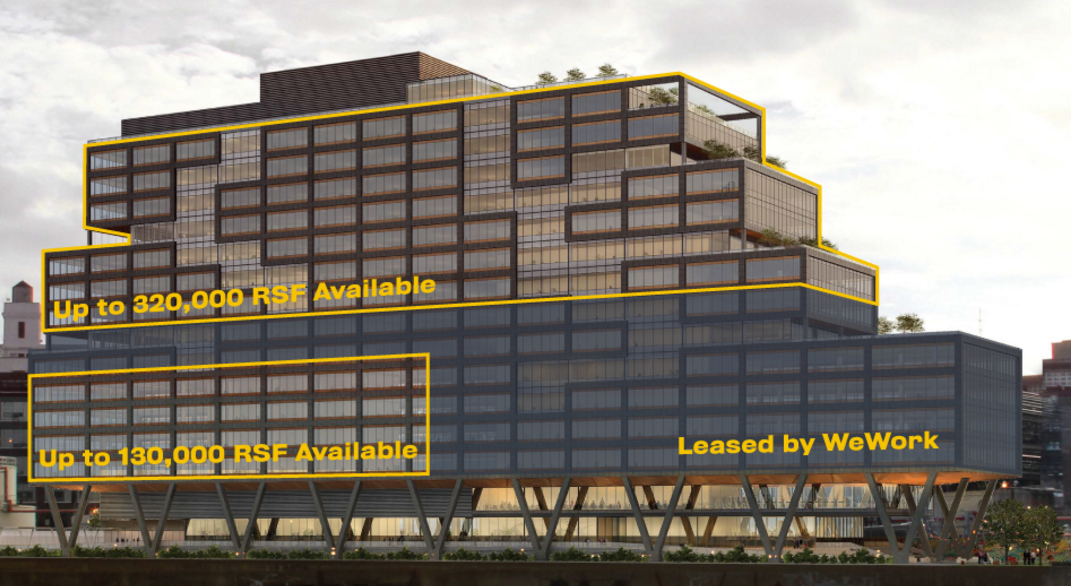
Dock 72, will be a 675,000-square-foot development, the largest commercial development outside of Manhattan in decades. The building will be anchored by WeWork, and is expected to create 4,000 jobs. The development sits atop an old pier, offers unparalleled views of Manhattan, rooftop conference areas, restaurants and tech-focused office space.
The Dutch startup incubator B. Amsterdam announced plans to open a 100,000 square-foot space which will be called B.NY, which will employ around 500 people. The new location is expected to help European entrepreneurs set up shop in the city, and vice-versa.
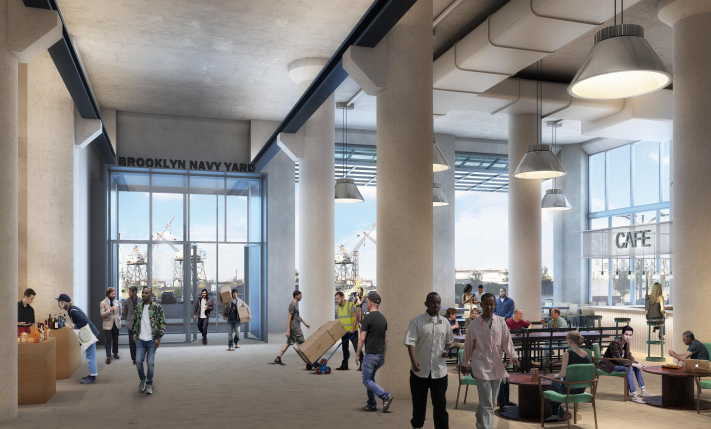
Even 1776, the Washington D.C.-based incubator and seed fund is coming to the site and plans to take over the top floor of Building 77, which will open next year. Their new NYC office will operate similarly to their D.C. headquarters, as both an incubator and seed-stage fund. The company specializes in working with startups in heavily regulated industries like fintech, healthtech, transportation and energy.
While the Brooklyn Navy Yards are still a long way from their heyday in the Second World War, it's not hard to see a future where Silicon Alley is more synonymous with old docks than Flatirons.
Know of a company that deserves coverage? Let us know or tweet us @builtinnewyork.
Photos via Brooklyn Navy Yard Development, Wikipedia, Brooklyn Grange Instagram, New Lab Instagram, Dock 72 & Building 77.



